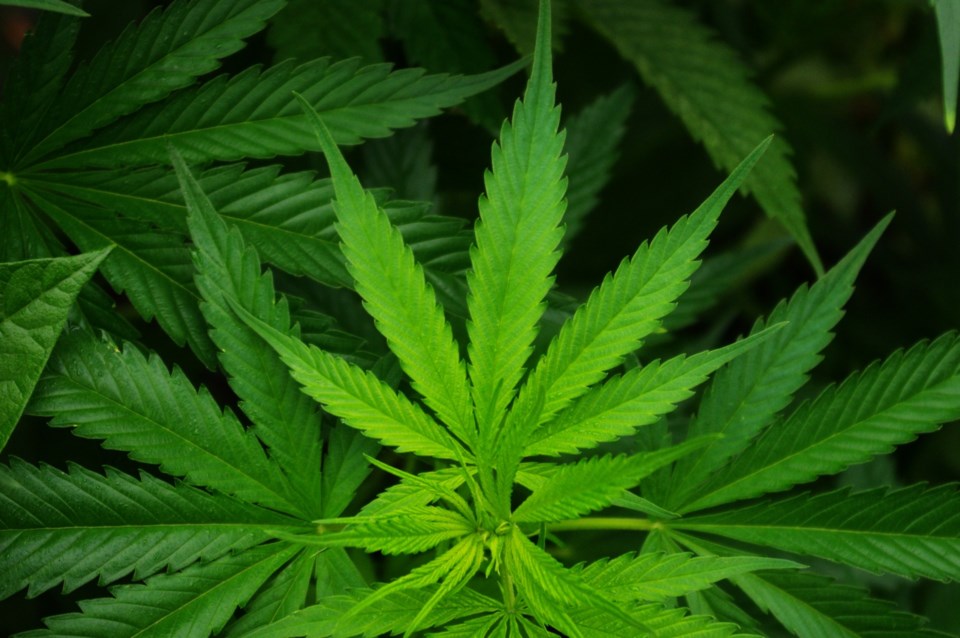With provinces slated to get 75 per cent of the tax revenue from legalized marijuana, local cities are hoping – at the very least – they won’t see any more cuts to their funding from the provincial government.
Bill Morneau, the federal finance minister, met with his provincial and territorial counterparts in Ottawa. He announced Dec. 11 the provinces will get a 75 per cent share of tax revenue while the federal government will take 25 per cent over the next two years, capping off at $100 million a year.
Rick Lang, Melfort’s mayor, said he does not know what to expect in terms of revenue from the province after marijuana has been legalized, but noted his city has been hit hard with funding cuts over the last year.
“The province of Saskatchewan has had some challenges of lower revenues for oil and potash coming in, so it has impacted some of the grants that we have seen passed through to us by the province.”
If the provinces can make up some of those grant reductions with marijuana revenue, that will indirectly help the municipalities, Lang said, but any revenue earmarked for the provinces will have to cover the costs associated with introducing marijuana.
“My hope is, at the very least, that we won’t be clawed back any more in the future. It’s difficult to deal with those revenue shortfalls.”
Bill Blair, a parliamentary secretary to the federal health and justice ministers, told Catherine Cullen with CBC’s Power and Politics that municipalities have a role in enforcing any new regulations connected to legalized marijuana.
“We recognize the role of municipalities in making sure that this works. That we do a better job in protecting our kids and communities and displacing the illicit market really requires the provinces to support municipalities to do the things that only municipalities can do.”
With that said, the federal government is leaving it up to the provinces if they will share that revenue with municipalities. While Lang hopes that some of that revenue will trickle down to municipalities, he is not holding his breath.
Donna Harpauer, the provincial finance minister, said provinces will need additional policing costs for roadside testing for drug-impaired driving and there was talk of what the provinces will be paying for increases to healthcare costs.
Costs will be incurred at all levels of government, said Morneau, with prices varying from province to province depending on provincial needs and spending.
When marijuana does become legalized, Lang trusts the Melfort RCMP to be able to police the city adequately and cannot see marijuana adding too much to their work oad.
“I don’t forsee it adding such a burden that we’re getting subpar enforcement.”
Projections have been made as to what the movement from the black market to a legal and regulated market will look like. Government prices have been set at $10/gram. Built into that price is a $1 tax. The government expects $400 million a year from those taxes.
“Our expectation is that by keeping the prices low, we will be able to get rid of the black market,” said Morneau. “However, that will happen over time.”
The federal government will be meeting again in December 2018, said Morneau, to see how the provinces are fairing with legalization. Further discussion will take place in 2019 after the two years are up to make sure they are getting it right.




